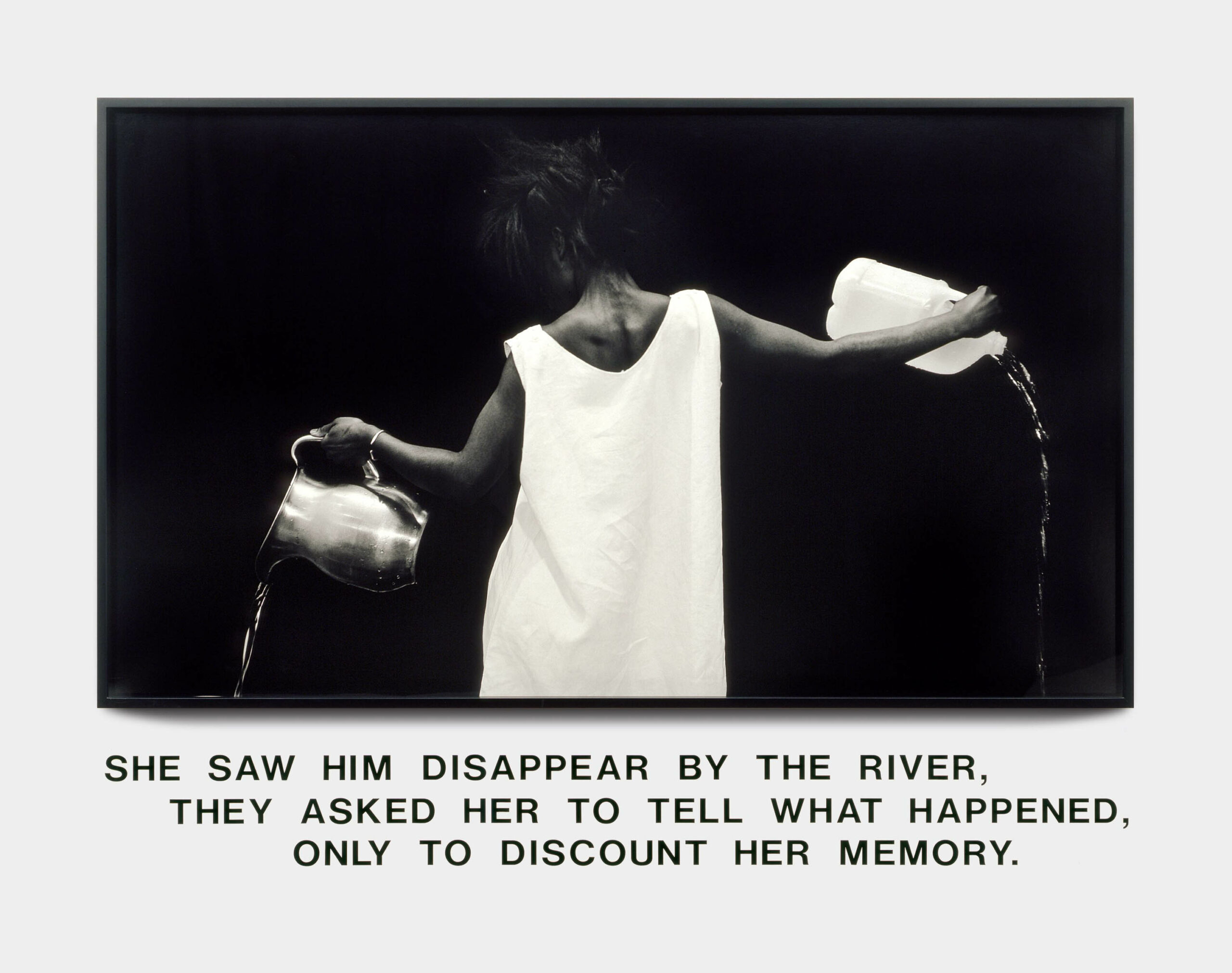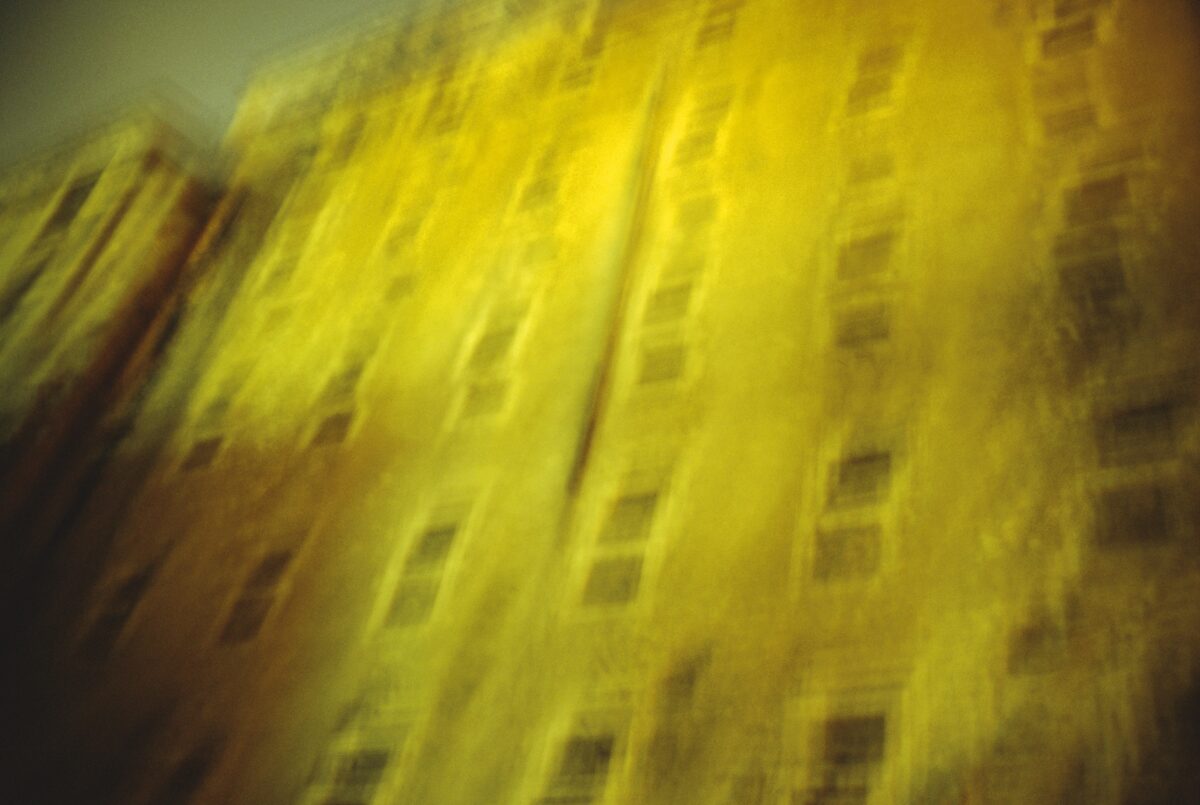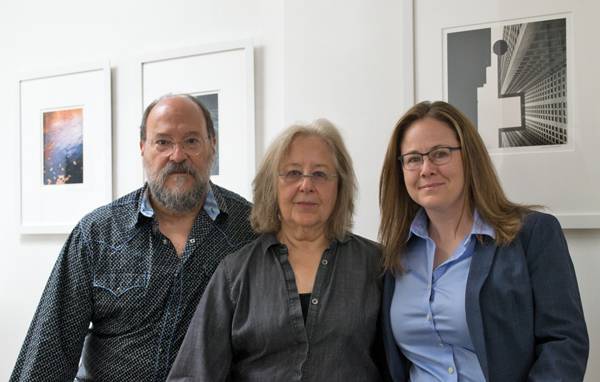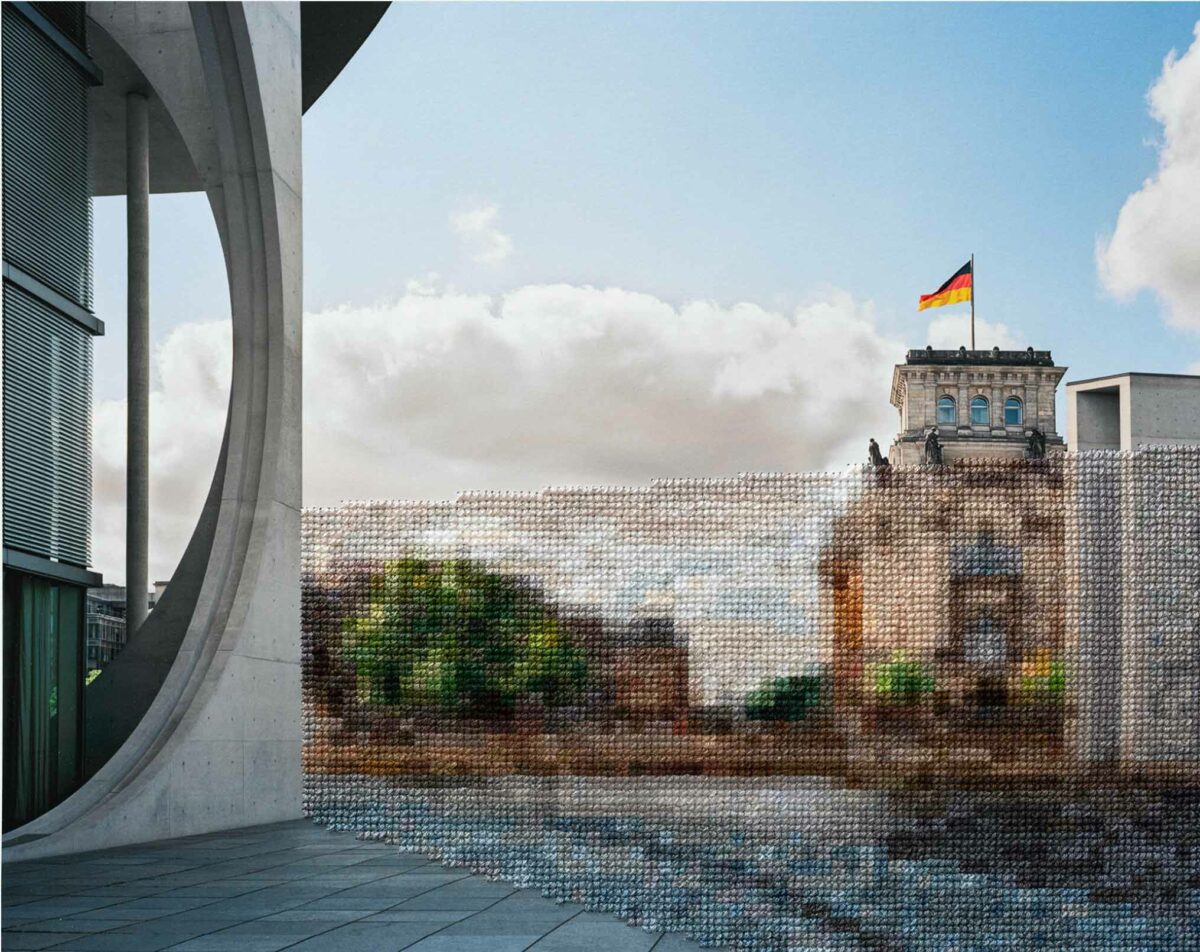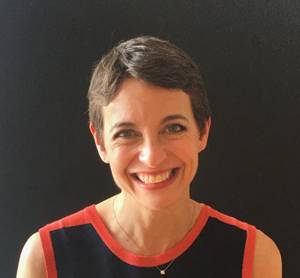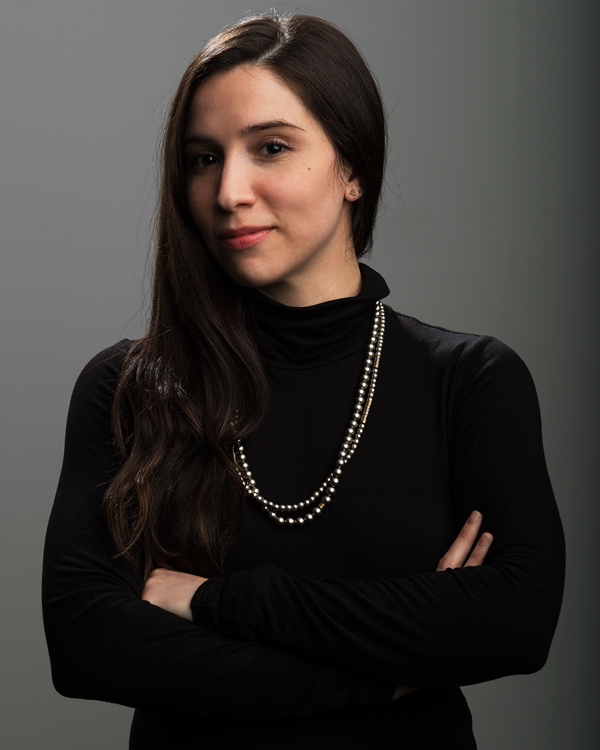A comprehensive survey of Lorna Simpson’s early photographic works, Lorna Simpson: 1985-92, on view at Hauser & Wirth through October 22, presents an array of large- to medium-scale prints featuring several of her seminal works, such as Waterbearer (1986) and Necklines (1989). Her photographs, which often combine text with images – of African masks, coiled braids, a tensed bicep, or fragmented portraits – lay bare the complex and inherently racialized ties between visual culture and language. Her early conceptual photographs challenge the presumed neutrality of both language and image by positioning the viewer as the interpreter.
Images on the first floor grapple with the contested meanings of hair, language, and bodies, specifically alluding to the Black female body as a site of racial violence. A 1991 work titled 1978-1988 presents a series of braids draping vertically across four panels. Small black rectangles, each containing a single word – “tear,” “cut,” “tie,” for instance – are positioned along the length of the braids. Many of the words relate to hair, but Simpson unveils their potential, violent double meaning in their transition from a noun into a verb.
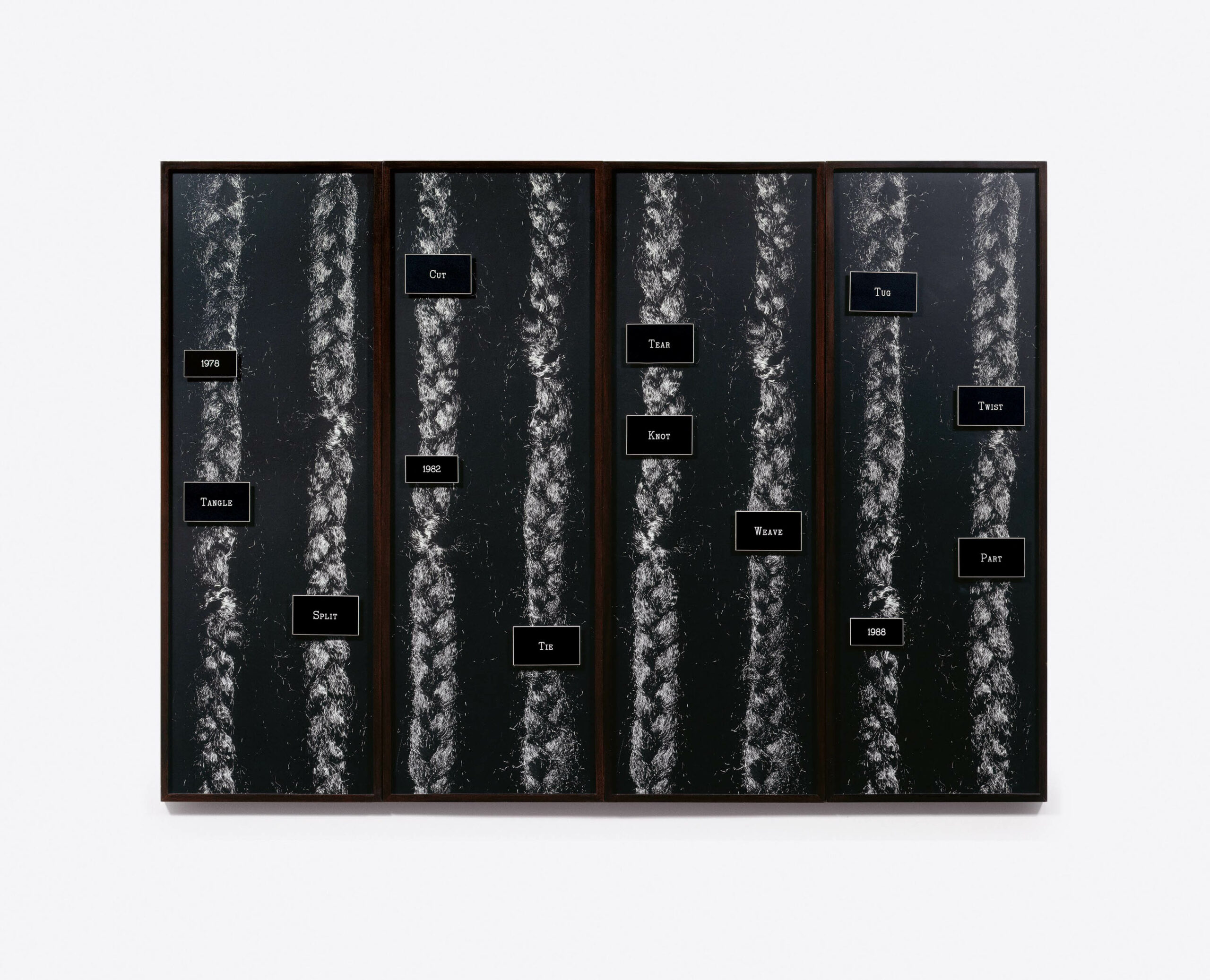

The second floor contains a handful of color Polaroid prints, often accompanied by word panels whose materials include plexiglass and engraved brass, materials that feed into the sculptural quality of much of Simpson’s work. Kid Gloves (1989), for instance, displays five separate images of a black woman’s torso and hands; she’s dressed in a soft, white slip and wearing white gloves. Each image is accompanied by a glistening plaque with a phrase: Social Isolation, Social Grace, and Social Order, for example, implicating a system of classification and analysis of gesture that point to the oppressive mechanisms and surveillance of the Black female body.
Double Negative (1990-2022), on the third floor, stands out for being devoid of a textual element. Simpson utilizes double exposure to present two iterations of the same woman. By photographically doubling the body within a single image, she positions the Black female body as a text in and of itself. With every image, she suggests, there is a capacity for double meaning, a quality her photographs encourage viewers to contemplate.

